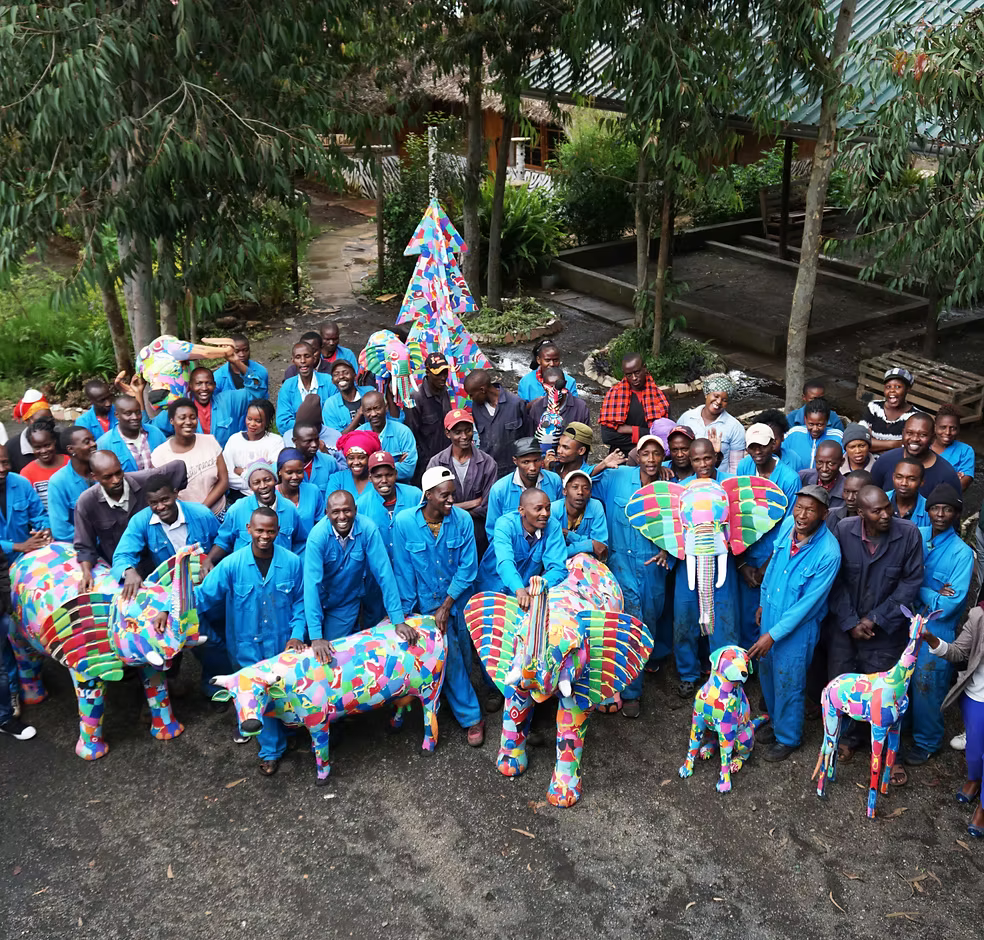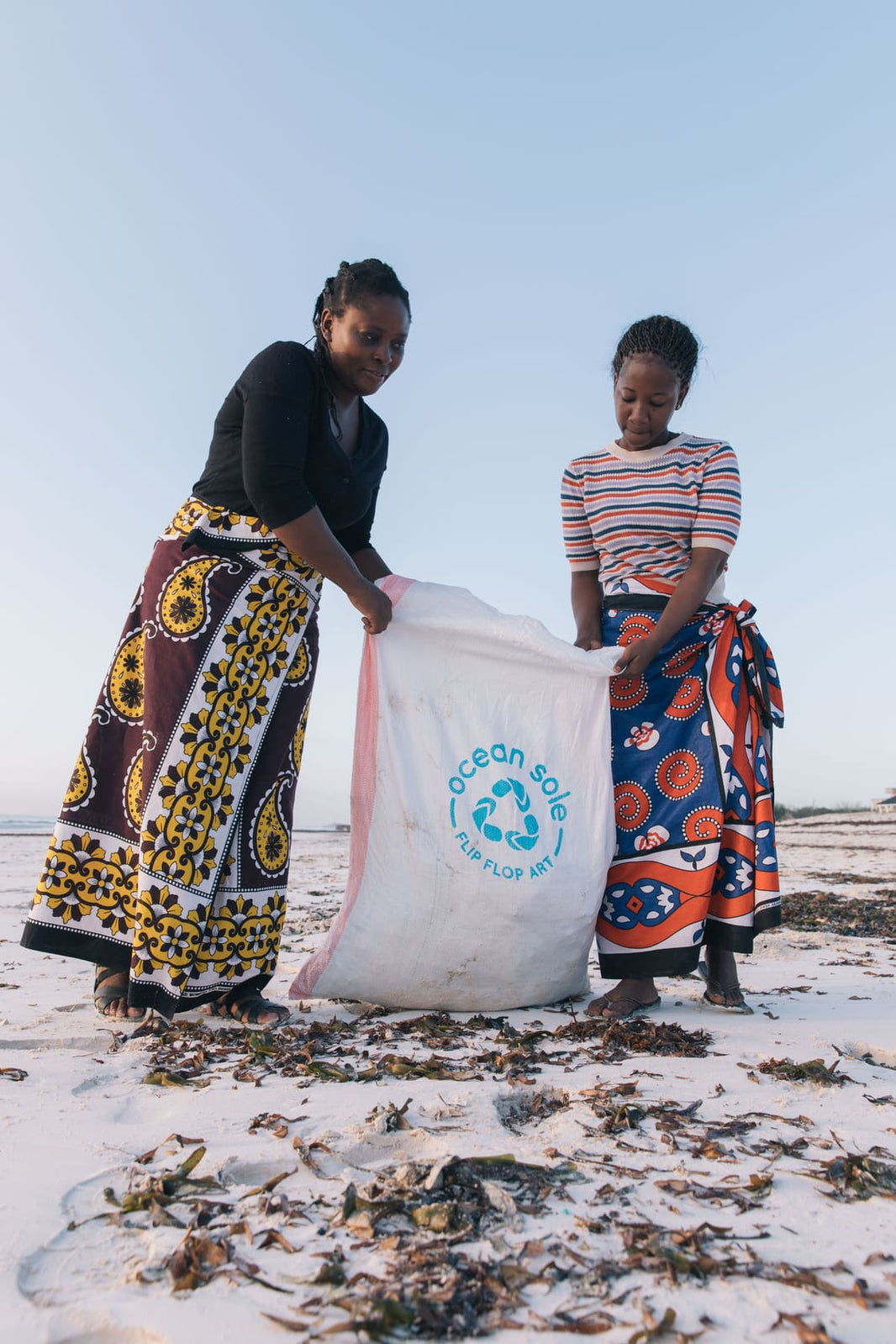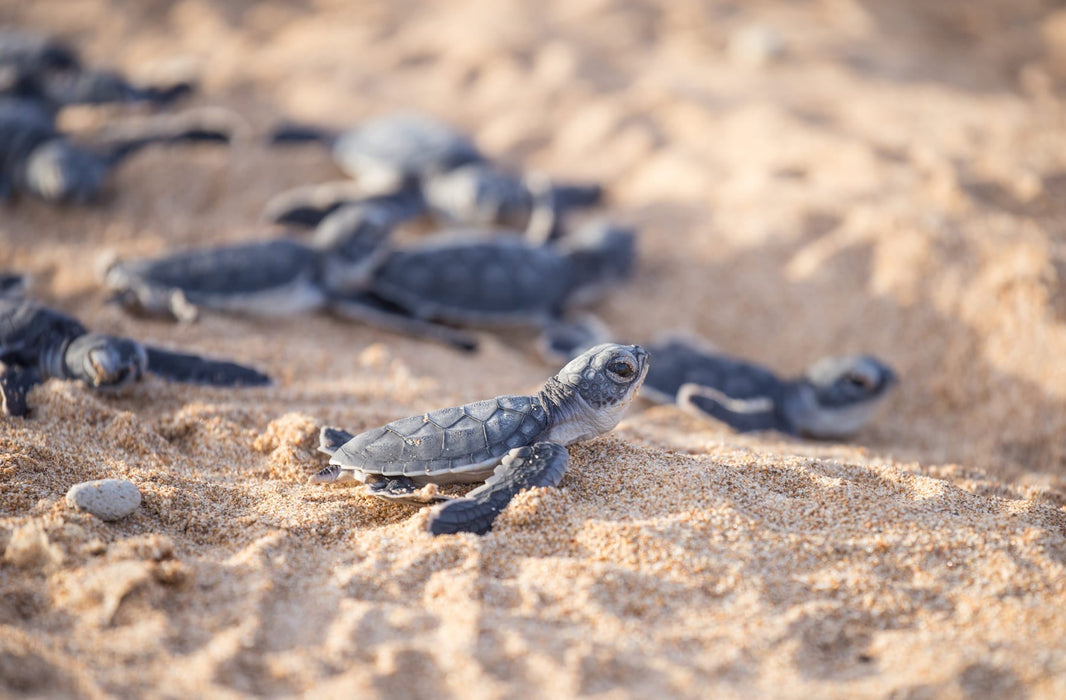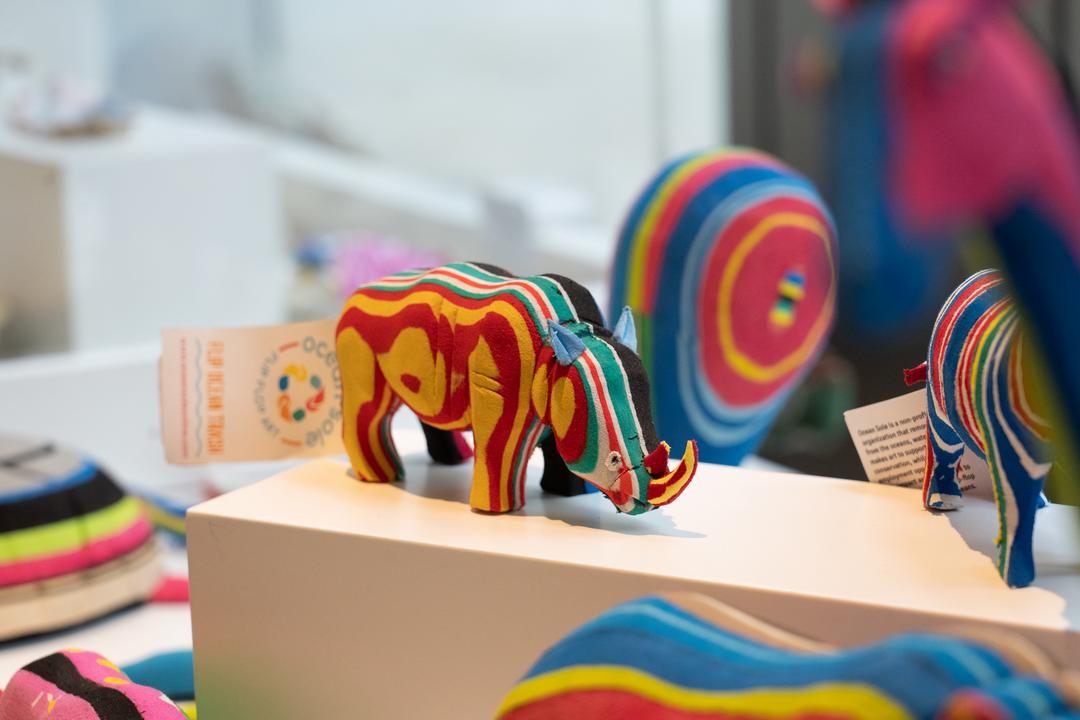East Africa has another MIGRATION, An Ocean Migration of Humpback Whales!
Every year here in Kenya, we have another migration, whales!!! Specifically, the humpback whale, a mammal that travels over 5,000 km between their breeding (Kenya) and feeding grounds (Antarctica). They come every summer, and Ocean Sole and its partners want to track them so researchers can learn more about these amazing mammals. A tracking device is about $3,300, and our goal is to purchase the first one for the researchers.
Join us on our campaign to help track the humpback whales. For this project, we are donating all of the sales of our medium size Humpback Whales made from recycled flip flops to be used to buy a tracking device. We have some XL humpbacks too, and the sales of those will go directly as well. Support this initiative by clicking here
Look at the amazing humpback in British Columbia. It was the first time Jonathan, pictured with Erin, has ever seen a whale, and it was magical!!

Celebrating World Oceans Day
This year's World's Oceans Day highlights the theme of The Ocean: Life and Livelihoods.
The Kenyan Indian Ocean coast is truly spectacular, and with the great work of several different organisations, it has been protected and conserved as well as possible. It also generates income for hundreds and thousands of Kenyans through sustainable fishing. Professor James Njiru, the Kenya Maritime and Fisheries Research Institute director, says the fisheries sector contributes about 5 to 10% of Kenyan national Gross Domestic Product (GDP.)
This year, we thought what a better way to celebrate World Oceans Day than to raise funds to buy tracking devices for the Humpback Whales that migrate off the coast of Watamu, Kenya.
Whale watching is big business - the latest figures show that over 13 million people a year are taking a whale watch trip in over 120 countries and generating a whopping $2.1 billion per year in total revenues, supporting local communities in these countries, including Kenya. In 2014 a self-taught scientist called Michael Mwang'ombe joined the whale watching team and saw a massive boost in their sightings, attracting and bringing in whale watching tours, helping boost the local economy and livelihood of the coastal town. Kenya needs tourism after last year, and we need our Whale Migration to become as popular as the Great Wildebeest Migration!!
What do you know about the Humpback Whale...?
The Humpback whale, known for its beautiful sing-song calls, was once close to extinction, with nearly 95% of its species gone. However, when the bill against commercial whaling was passed in 1985, Humpback numbers increased significantly.
These beautiful creatures are found in all of the world's major oceans and travel great distances during their migration, sometimes up to 5,000 miles. Humpback whales are a favourite of whale-watchers due to their expressive and active displays that often happen close to the water's surface.
Humpback Whales in Kenya!

Kenya is renowned for its great plains and abundance of animals - including the famous big five and the wildebeest migration. But Kenyan can be forgotten for its beautiful beaches, fishes, coral reefs, turtles, dolphins and whales!
The story of the Humpback whale in Kenya started as a fisherman's tale, with the only proof being word of mouth.
However, all this changed when the local community in Watamu Decided to start heading out into the deep blue with the fisherman on their small boats in a bid to find them.
Before long, they were floored with the amount of Humpback sightings in Watamu, and they rallied together a group of over 100 people to begin documenting every whale sighting. Over time the team realised that the whales were migrating from the icy cold waters of the Antarctic to the warm tropical waters of Kenya to reproduce.
With Micheal Mwang'ombe working closely with fishermen and teaching them how to leverage whale and dolphin sightings, this helps to generate another income for the localsIdentifying programmes based on priorities and goals defined by people like Micheal helps supports more Kenyans with their livelihoods strategies, and Ocean Sole hopes to be part of this strategic goal to track the humpback whales that pass through Kenya!
Knowing what whales do during their ocean travels supplies valuable information for their conservation because it makes it possible to identify areas of major importance in their life cycle. Real-time detection using both autonomous gliders and stationary buoys proves invaluable for mitigating human impacts and monitoring endangered species.
All Whales play a vital role in the marine ecosystem, where they help provide at least half of the oxygen you breathe, combat climate change, and sustain fish stocks.
We will be adding a large scale humpback whale to our SoleMate Project replica’s, so stay tuned!








